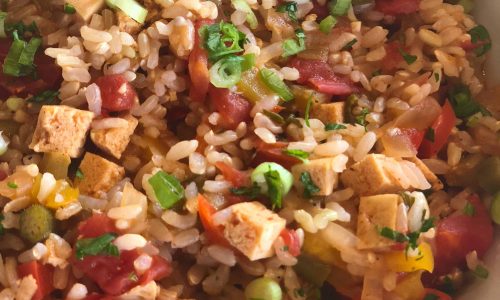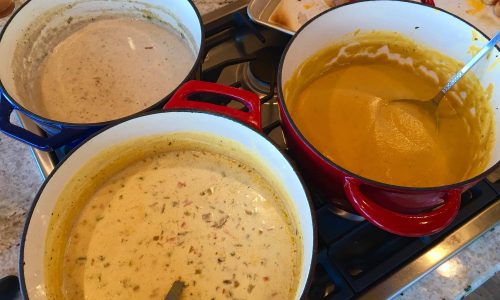The thing I love about culinary school is learning new things and then seeing the finished
product. Other than cakes, which I bake for my family and friends, and holiday cookies, the occasional dinner rolls, quick breads, and cookies, I have stayed away from baking due to time constraints and the constant worry about weight gain. After working all day I hardly have time to make dinner let alone bake something. And then of course, the fact that it doesn’t take too many pieces of any baked good to add on the pounds. I typically buy a loaf of multi-grain bread from Artisan Baking Company and enjoy a slice each morning. I would love to go to a bakery and stock up on danish pastries and croissants but then I would be in big trouble when I go for my annual physical (which is coming up soon!) One of the students in my class mentioned that her cholesterol level is up 70 points since starting pastry class. I’ll soon find out the damage report on myself. I still treasure the learning process and even if I don’t make laminated dough too often at least I’ll know how if the occasion ever comes up and I am now capable of making a beautiful and tasty croissant I think a treat of homemade croissants at Christmas would be wonderful. And, if you’ve ever looked at a Williams-Sonoma catalog they sell frozen croissants for a small fortune ($39.95 for 15) and they come frozen and you have to bake them yourself!

Lamination refers to the process of layering the dough and fat. When baked, the butter worked into the layers of dough gives off moisture, and the steam causes the thin layers of dough to puff and rise. There is no substitute for butter here–can’t use olive oil or reduce the amount of butter or it won’t be the same thing. Folding is the most critical factor–the layers must be even and consistent. The process of folding is not all that complicated but requires repeating at least 3 times with resting and cooling periods in between. The whole whole process takes hours from start to finish but the finished product is out of this world. Much better than what they call “croissants” at most stores and even bakeries. I usually skip them because I’ve had so many bad croissants over the years. I do love a really good chocolate croissant though, so maybe I’ll try making that eventually. Some good tips we learned–brush off excess flour between turns, keeep the dough covered during the resting and folding periods, and don’t roll it too thin.
 Croissants
Croissants




